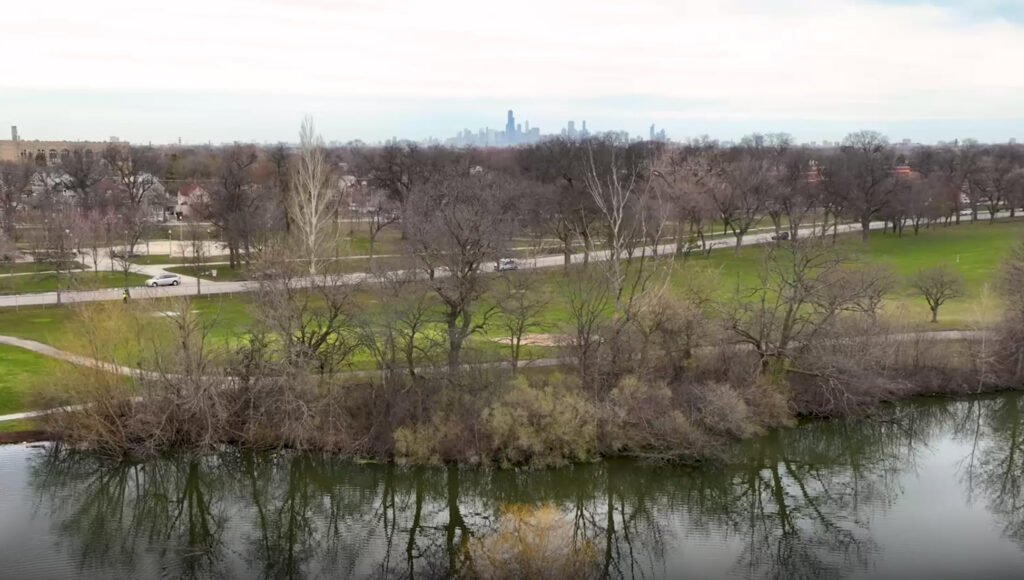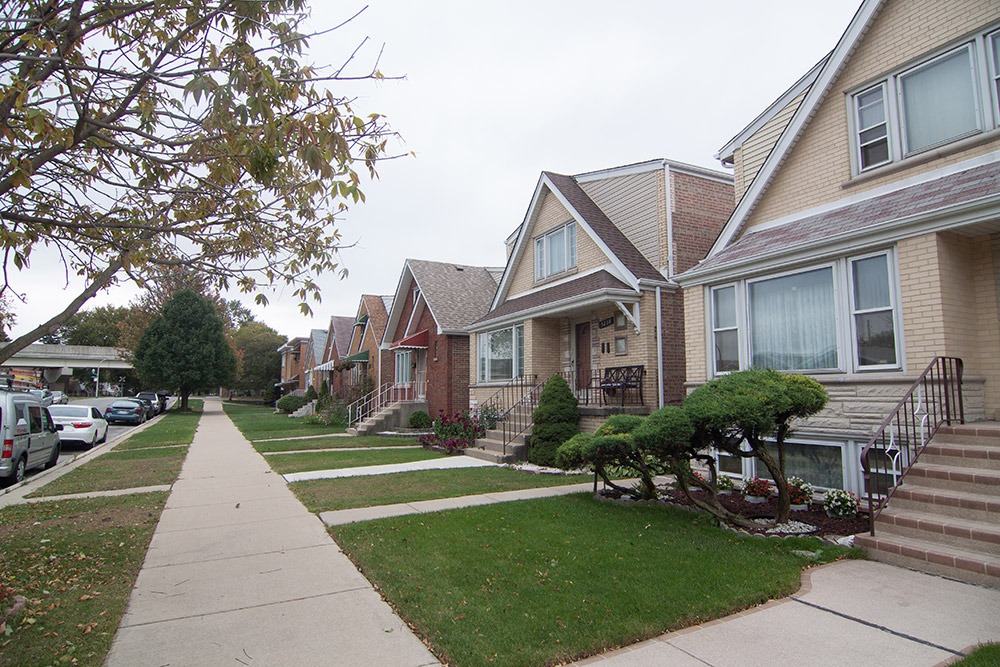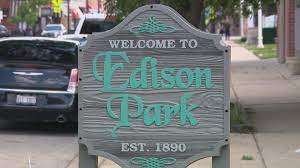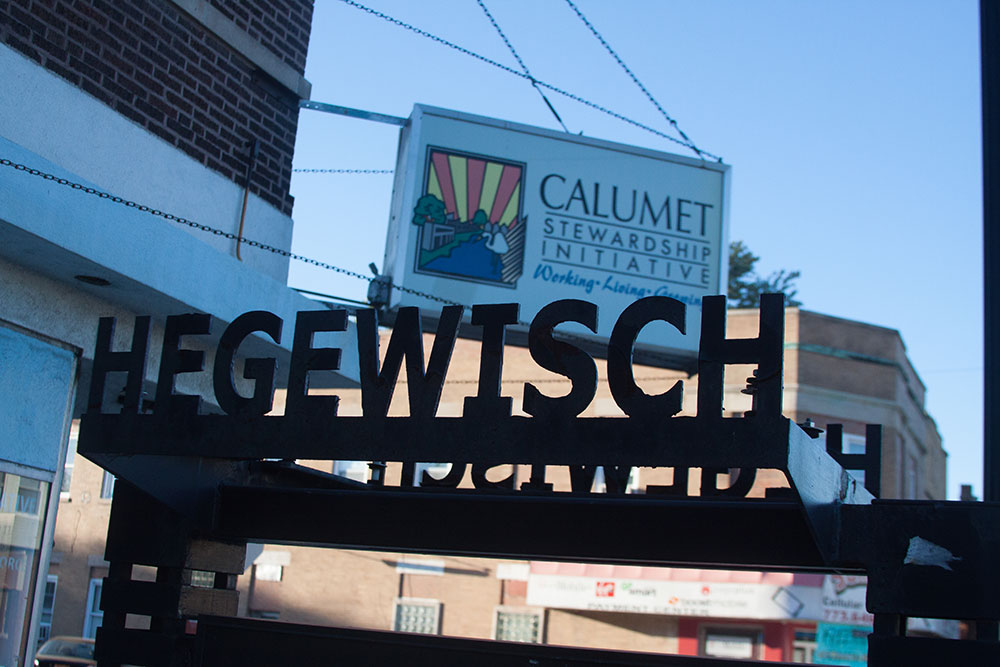West Elsdon in Chicago
West Elsdon is a neighborhood in the heart of Chicago, a city known for its diversity, history, and vibrant culture. Established in the early 20th century, West Elsdon’s evolution presents an insightful view into the socio-cultural dynamics of Chicago.
Origins and Early History
In the beginning, the area now known as West Elsdon was primarily a marshy remnant of an ancient lake. The Grand Trunk Railroad established its presence in 1880, defining the neighborhood’s eastern boundary. The early inhabitants were primarily German farmers and Irish railroad workers.
Chicago’s expansion led to the incorporation of West Elsdon into the city in 1889. A small hamlet named Elsdon sprouted around the railroad’s car shops near 51st Street and Central Park, situated in today’s neighboring Gage Park. Despite the establishment of passenger stations by the railroad, residential development was largely confined east of the tracks due to the swampy, unimproved land on the west.
Growth and Development
By the 1920s, West Elsdon began to witness a surge in population, growing from 855 in 1920 to 2,861 by 1930. The opening of the Kenwood and Clearing Industrial Districts, along with the Chicago Municipal Airport (now Midway Airport) in 1927, made West Elsdon an attractive place to settle. The new settlers primarily included Polish and Czech immigrants, with small numbers of Italian, Yugoslavian, and Lithuanian immigrants.
The Roman Catholic Archdiocese of Chicago established St. Turibius parish in 1927 to cater to the growing Catholic population. An elementary school was set up alongside the church, followed by the establishment of Lourdes High School in 1936.

Infrastructure and Community Building
During the 1920s and 1930s, significant infrastructural developments took place. Streets such as Crawford Avenue (now Pulaski) and 55th Street were paved, sewers were installed, and two public schools were built. However, the economic slump during the Great Depression halted growth temporarily, and the area retained its rural character with livestock still grazing along 55th Street as late as 1938.
The growth resumed during World War II, and the West Elsdon Civic Association was established to lobby for street improvements and other community goals. The post-war era saw West Elsdon’s population peak at 14,215 by 1960. Almost all the new constructions were detached single-family brick houses, transforming West Elsdon into an extension of the Bungalow Belt.
The new residents were primarily second-generation or well-established first-generation immigrants, often migrating from the Back of the Yards or other Southwest Side neighborhoods.
Racial Segregation and Public Housing Riots
West Elsdon’s history during the post-war era is marred by instances of racial segregation. The area was at the center of the Airport Homes race riots in 1946, marking the first of a series of public housing riots in Chicago.
The West Elsdon Civic Association emerged as a vocal adversary of the Chicago Housing Authority (CHA) and its first executive secretary, Elizabeth Wood. The opposition to public housing remained strong, with the association actively participating in the “No-CHA” citywide coalition opposing scattered-site public housing in predominantly middle-class white neighborhoods in the early 1970s.
Demographic Changes
In the half-century following World War II, West Elsdon remained a quiet, blue-collar white community with a high rate of homeownership. However, the 1990s saw significant demographic changes. As the older white ethnic generation aged, new families, including a growing number of Mexican residents, began to settle in the eastern part of West Elsdon.
The rise in the number of Hispanic children in public elementary schools during the early 1990s corresponded with a rapid decline in the number of black children admitted from other communities under a school desegregation consent decree.
Modern West Elsdon
In 1993, the Chicago Transit Authority introduced rapid transit service to the Loop on its Orange Line, with a station at Pulaski on the northern edge of the community. This development spurred suburban-style retail development along Pulaski and raised property values in the vicinity.
Today, West Elsdon stands as a testament to the city’s vibrant history and cultural diversity. As we delve deeper into its rich past, we learn more about the dynamics that have helped shape not just West Elsdon, but the city of Chicago as a whole.
West Elsdon’s history offers a rich tapestry of cultural, social, and economic developments that have shaped its identity over the decades. From its origins as a marshy remnant of an ancient lake to its transformation into a diverse and thriving community, West Elsdon remains a living testament to Chicago’s vibrant history and spirit.
While the neighborhood has seen its fair share of challenges, including racial segregation and public housing riots, it has also witnessed significant growth and development. Today, West Elsdon is a thriving neighborhood, home to a diverse population and a blend of cultures that reflect the larger story of the city of Chicago.
Whether you’re a history buff, a student of urban development, or just someone curious about Chicago’s neighborhoods, West Elsdon’s story is sure to captivate. As we continue to explore the history and heritage of Chicago’s neighborhoods, we hope you’ll join us on this fascinating journey through time.


